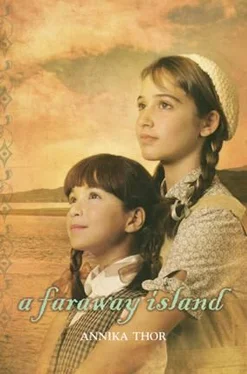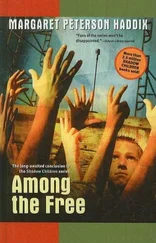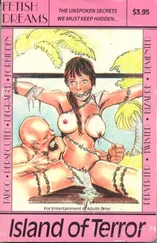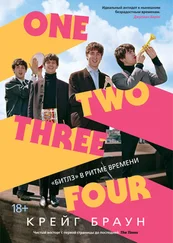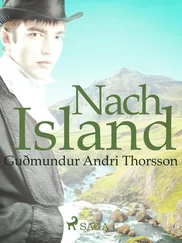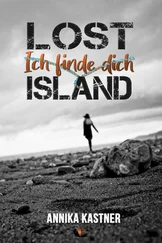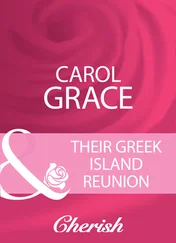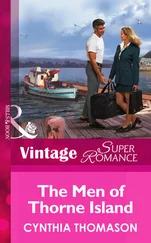Five hundred children. Not a large number compared to the ten thousand Jewish children who got to England at the same time, thanks to the Kindertransport, or “children’s transports.” Really not a large number compared with the seventy thousand Finnish children who were evacuated to Sweden only a year later, when the Soviet Union attacked Finland. And virtually a negligible number in comparison with the millions who would shortly be put to death in the concentration camps.
Still, some children were saved. Five hundred children and young people were brought to Sweden from Berlin and Hamburg, Vienna and Prague. Half of them were young teenagers, and around fifteen percent were children under the age of seven, with some as young as one year old. The average age was twelve, and almost two-thirds were girls. They left their parents behind, as well as any siblings too young or too old to be taken. They also left behind all their relatives, friends, and classmates, even their pets. Although some had a brother, sister, or friend with them on the train, most came alone.
The majority of these five hundred children came from urban areas and middle-class families, where a strong tradition of education existed. In Sweden, however, these boys and girls often ended up living in rural areas, where it was far from a given that they would attend school for more than the compulsory six years. Once these refugee children reached age thirteen or so, they tended to be taken advantage of as unpaid farmhands and housemaids. Sadly, even when the children were placed with Jewish families, as a small number of them were, it did not guarantee that they received any better treatment. The only advantage was that they, at least, were able to continue practicing their religion. Others, like Stephie and Nellie in A Faraway Island, found themselves in strict Christian homes, where their foster parents were eager to get them to embrace Jesus in their hearts.
The refugee children arrived in Sweden believing that they would soon be reunited with their families, but when the war finally ended, several years later, only about one in four of them had even one parent who had survived. Those who were able to be reunited with a parent or relative emigrated from Sweden, often to the United States, Canada, or Israel. More than half of the five hundred children, however, ended up spending the rest of their lives in Sweden. In spite of their difficult experiences, most of them managed to get an education and a job and to have a family. Many married young, perhaps hoping to create new families after having lost their original ones. Some became very successful professionals.
One thing nearly all of them had in common was that after the war there were many years when they barely spoke of their experiences, of the separation from their parents or the difficulty of being refugee children. The pain was so great, it had to be suppressed. Some of them never even told their own children where they had come from, or why. Not until fifty years after their escape did many begin to feel that the time had come to tell their tales, before it was too late. I am deeply grateful to those who were willing to share their experiences with me.
A Faraway Island is the first of four novels I have written about Stephie and Nellie. These novels are based on interviews with about a dozen of the real refugees who shared their childhoods, their letters, and their diaries, as well as on the research of Ingrid Lomfors, a Jewish historian in Sweden who explored the destinies of the five hundred refugee children. I have also listened to my own parents’ stories about what it was like to live as Jewish teenagers in Sweden during World War II. I made journeys myself, to Vienna and to the Theresienstadt concentration camp near Prague, to gather my own impressions. Some of the events in the books are real, others are what might have been. Stephie and Nellie are fictional characters, but I have borrowed elements of real human beings in creating them-including myself and my nearest and dearest.
Early in the process of writing these books, I decided against writing in the first person, feeling that stories in the “I” form should be told by the people who really had the firsthand experience-the Holocaust survivors. My books are, therefore, written in the third person, but with a focus on Stephie’s thoughts and feelings. A Faraway Island is, though, in the present tense. This was also a conscious decision. I didn’t want to tell Stephie’s story as historical, but as a story in the here and now. Today, too, children and young people have to escape from their countries, leaving their families behind. And even today, the care we give to refugee children who arrive alone, in Sweden and other wealthy nations, is not what it ought to be. One of my aspirations for these books about Stephie and Nellie is that they will contribute to a better understanding of the vulnerable situation in which refugee children continue to live.

ANNIKA THOR was born and raised in a Jewish family in Göteborg, Sweden. She has been a librarian, has written for both film and theater, and is the author of many books for children and young adults. She lives in Stockholm.
A Faraway Island is the first of four novels featuring the Steiner sisters. The quartet has been translated into numerous languages and has garnered awards worldwide. Swedish television also adapted the books into a hugely popular eight-part series.
***

